Since April 7, people in Nguyen Trai hamlet, Nghia Hanh commune, have discovered a large number of brown inchworms appearing densely in acacia plantations. This worm mainly attacks acacia trees from 5 months to 3 years old, causing many forest areas to be affected by the foliage. Faced with the rapid and serious developments, local authorities have urgently taken action.

According to Mr. Nguyen Quoc Tuan - Chairman of Nghia Hanh Commune People's Committee, initial statistics show that about 150 hectares out of 1,100 hectares of acacia forest in the commune have been attacked by pests, of which 60 hectares are seriously damaged, with a worm density of up to more than 500 insects/tree. "Acacia is a key crop, if pests are not controlled in time, people will suffer heavy losses," Mr. Tuan worried.
Because acacia trees have high canopies and are scattered, people cannot use manual methods to spray pesticides. In this situation, Nghia Hanh commune has asked the district to support mechanization solutions. On April 10, Tan Ky District Agricultural Service Center mobilized drones to spray pesticides on 60 hectares of severely damaged forest. However, about 90 hectares of forest in Nguyen Trai and Doi Cung hamlets have not been treated yet.

Mr. Vo Van Cuong - Head of Doi Cung Hamlet shared that brown inchworms started appearing in the hamlet on April 17 on 11 hectares of acacia of 7 households. Through monitoring, he noticed that areas with lim trees had higher density of worms. "In the area, many large lim trees had their leaves eaten away. After that, the worms spread to the surrounding acacia forest. Therefore, lim trees can be the breeding ground of brown inchworms," said Mr. Cuong.
In fact, most of the ironwood trees in Nghia Hanh commune have been stripped bare of their leaves by inchworms. Experts say that brown inchworms are parasites on ironwood trees. When there are no more ironwood leaves to eat, they move to acacia trees – a densely planted tree species with young leaves that are easy to attack.

According to Mr. Nguyen Van Trinh - Deputy Director of Tan Ky District Agricultural Service Center, now is the right time to treat larvae at ages 1 to 3. Spraying at the right time helps to effectively control the life cycle of the larvae, limiting the spread. Initial results from spraying with drones show that the larvae destruction rate is over 90%.
“We recommend that people use biological drugs that are safe for the environment and animals. At the same time, combine forest sanitation, clearing bushes, and removing dry ground cover around tree roots to limit the habitat of worms,” Mr. Trinh emphasized.

However, one issue raised by the people is that spraying must be done simultaneously to be effective. If only a few households spray and the others do not cooperate, the pests will continue to spread. Therefore, the households have petitioned the authorities to organize concentrated, synchronous spraying, using drones to ensure effective pest control on a large scale.
Tan Ky is a district with a large area of acacia plantation. Acacia trees not only bring stable income to the people but also play an important role in reforesting barren land and hills. Therefore, timely detection, treatment and prevention of acacia pests and diseases is a top priority of the agricultural sector and authorities at all levels.

To avoid the risk of a large-scale outbreak of brown cutworms, the authorities recommend that localities and forest owners proactively monitor, detect early and implement containment and control measures in areas with high density of cutworms. The combination of technology application and synchronous coordination among households will be the key factor to effectively control pests.
Source: https://baonghean.vn/sau-do-gay-hai-rung-keo-bung-phat-o-tan-ky-10295622.html





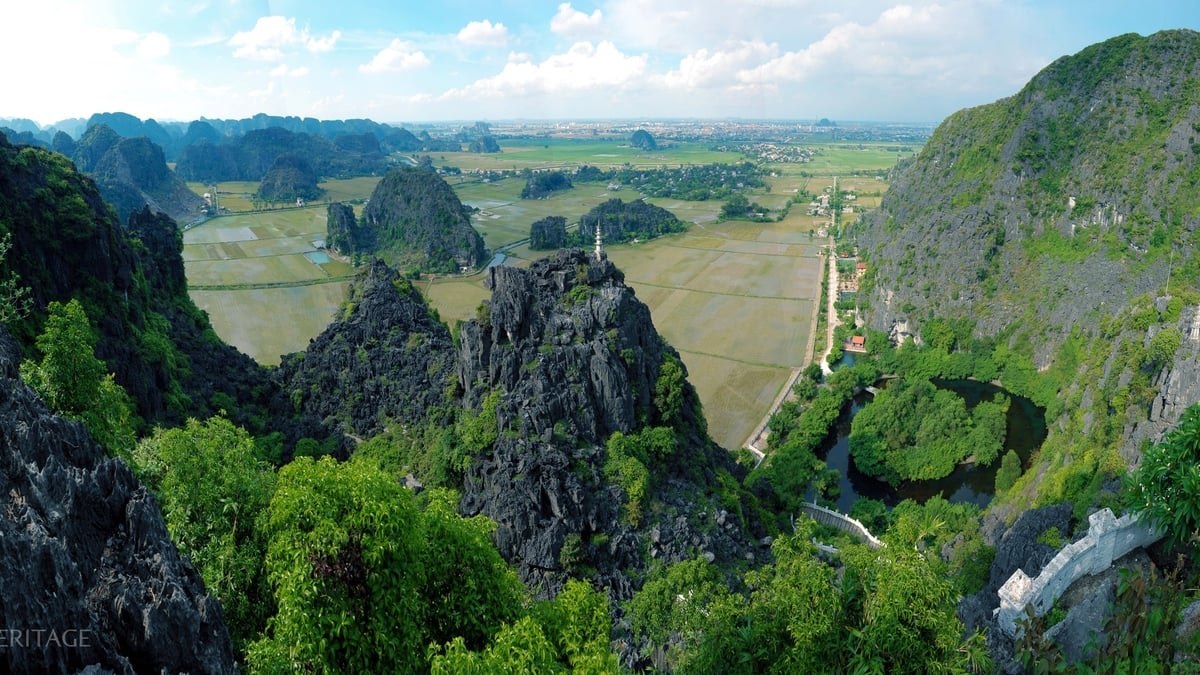
![[Photo] Prime Minister Pham Minh Chinh chairs a meeting on the implementation of the Lao Cai-Hanoi-Hai Phong railway project.](https://vphoto.vietnam.vn/thumb/1200x675/vietnam/resource/IMAGE/2025/5/20/0fa4c9864f63456ebc0eb504c09c7e26)





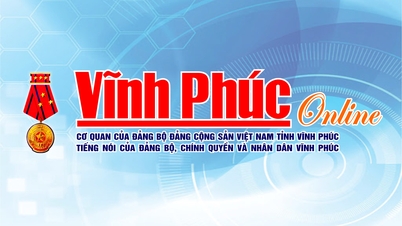




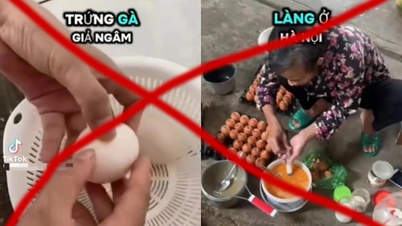







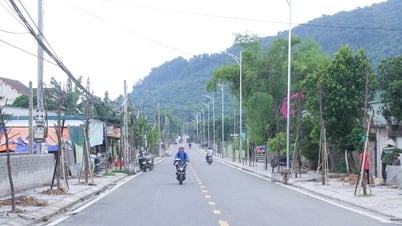
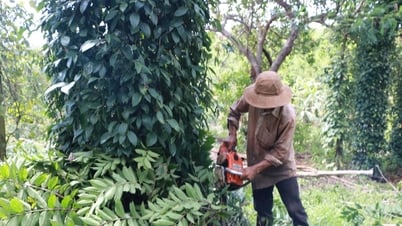




































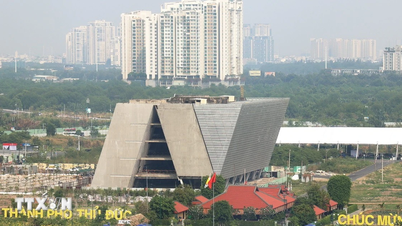


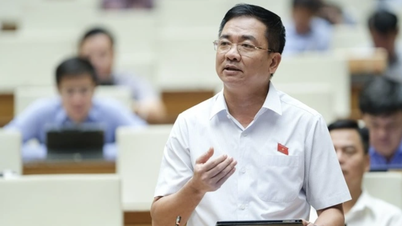
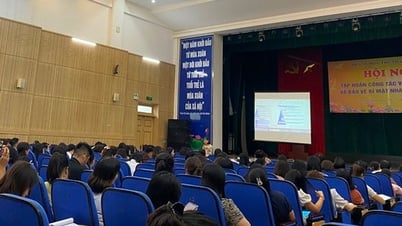




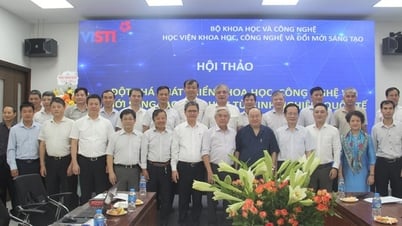
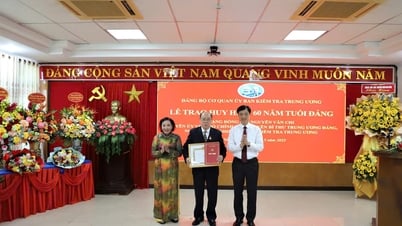

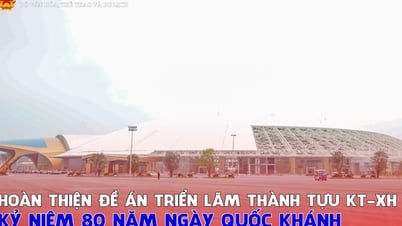
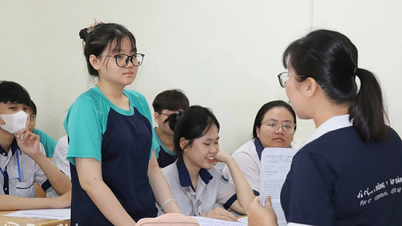












Comment (0)